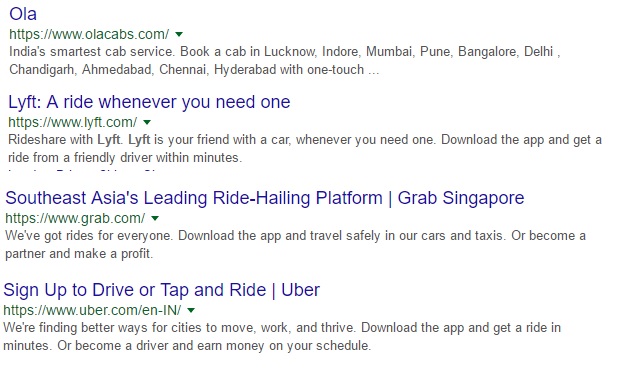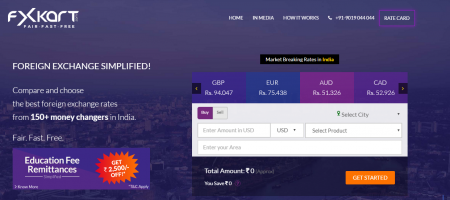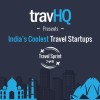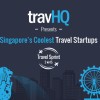Think of Uber and you instantly think of a brand innovating in ways to ease our transportation woes. You recognise Airbnb to be the company focussing on local experiences and the massive community of guests and hosts resonate with it. Tesla is seen as a forward thinking car maker. How we perceive these brands is a result of the years of effort they have directed towards branding. But why does it matter?
To start with, to leave a quality first impression. Users, or potential users see and deal with the product before the people behind it which means the product and your activities around it should also reflect your values.

Getting the branding right is more than just choosing the right colours and having a fancy logo design. It is about carrying those values you want to reflect through every element of your business and every individual representing your brand. The visual elements and the tone of communication should be in sync right from day one.
Here are some DOs and DON’Ts for you if you are trying to position a young brand:
DOs
Speak to the right people
Before you start setting a tone, identify your target audience and divide them according to how much use they will find of your product. Tailor your communication to the people who stand to get the maximum value out of your product and speak to them directly.
Position with actions
“Actions speak louder than words” should also be your motto. Telling people that your brand believes in something won’t cut it. Your actions and your growth decisions should show that you believe in, and are working towards, the goal you advertise.
Ask questions
Ask yourself questions about your product and include them as part of your communication. Who is buying your product? Why should they care about your product? How do they feel about it? What are the true benefits of your product for them? Use the pointers you get to draw the baseline for your communication.
Exceed expectations
No one advertises better than a happy customer. Don’t just get it done. Get it done in a better way than expected. It is okay to make mistakes but own up to them and make sure despite that, the support leaves a happy customer.
Take correct position
This is an important factor in P2P businesses. In case of a travel businesses, if you are trying to target both travellers and providers, you have to decide on what side you should be talking to through your communication channels. Often, as you build one side of the business, the other side will follow. Airbnb often speaks to the guests. Same with Uber. However, you will notice that some channels like the company blogs occasionally refer to the other side of business. Another good example, despite not being from travel industry, would be P2P used goods marketplace OLX. In India, the company actively advertised itself as a platform to sell with prominent messages of “OLX pe bech de” (sell on OLX). As the listings started building, buyers followed.
Focus on personal branding
Personal branding can work wonders. Entrepreneurs should work towards positioning themselves as an advocate of their brand’s mission statement and gaining trust of users. Richard Branson, Elon Musk, Travis Kalanick, Brian Chesky are some entrepreneurs to look up to. Mark Zuckerberg has also been actively taking up projects and using his own social platform for the past few years to strengthen his personal branding. In some cases, especially in case of Uber and Airbnb, this has also helped the brands in gathering public support for stepping in the legal grey area of operation.
Get the team in on voice
You shouldn’t be the only person reinforcing your brand’s vision statement. Make sure your team members share your vision and resonate the same. This won’t just come from asking your team to do the same but getting the right kind of people onboard in the first place.
Tailor for high expectation customer
Not everyone sets the same expectations from a brand. There will always be people who would expect certain quality standards higher than the masses and you need to be sure that you leave them impressed. Preparing for them will automatically ensure that all the other customers draw a good image of your brand.
Use powerful vision statement
This makes a huge difference in how people receive your brand. The examples below show how four companies doing the same thing at this point try to send very different messages to their audience. Of course this has to be accompanied with actions as well and we have already seen how Uber is working to map the world for driverless cars.

DON’Ts
Go after all users
Discounts aren’t always bad. They get people to try out new products and (maybe) stick around if they like them. However, make sure you are not targeting masses to reach numbers you can boast. The ones who stand to gain the maximum value out of your product are more likely to use the product more often than someone who just tried because of the discount.
Launch with generalities
This follows up from the previous point of not going after all potential users. In order to appeal to the masses, brands often tone down their vision statement and launch with generalities. Don’t make the mistake.
Be afraid of rebuilding
Over time, the market trends will change, the consumer demands will change and it is likely that you will feel the need to change as well. It is possible that you decided to tackle bigger challenges on the way up. Don’t be afraid to rebuild when it is required and while you are at it, rework on the branding as well to suit your adaptation.
Leave to general perception
Knowingly or unknowingly, your communication and actions will send across a message. It is important to not leave your position and the message your audience draws to general perception. Instead, take control and define how your users see you.
Be inconsistent
Don’t be inconsistent with your branding efforts. Adhere to the baseline your have drawn for your brand and don’t make it an intermittent activity.
Copy others
Look at all the brands you are competing with and observe the approach they are taking. However, don’t copy any of that. The observations should only serve as a base for research to identify how the audience is responding. Copying would never let you grow bigger than them.
What other pointers would you like to add to the list? Do share with us.



















